Concert
Musica de Cine: Bernard Herrmann
Royal Symphony Orchestra of Seville
Jerry Goldsmith
Seville, Spain
4 November 1998
Since 1986 The International Film Music Encounters have allowed us to listen and watch in Seville in front of several symphonic groups some of the greatest names in the history of film music: Elmer Bernstein, Georges Delerue, Jerry Goldsmith, Maurice Jarre, Ennio Morricone, Howard Shore, David Raksin and Gabriel Yared among the most significant. We were also offered the opportunity to enjoy some of the greatest classics of the past and present; Barry, Doyle, North, Rota, Rozsa, Tiomkin and Williams among them. But a tribute to maybe the best film composer ever, Bernard Herrmann, was long awaited. We had listened before to some of his works (Bernstein conducted “Fahrenheit 451″ and “Taxi Driver”, and Goldsmith conducted “Psycho” in 1993). But not until now a whole concert dedicated to his memory was celebrated.
The results were very good in general. The Royal Symphony Orchestra of Seville was both ductile and virtous, even if not always played as clear and secure as desirable (it didn’t have enough time to rehearse); but Goldsmith showed a great capacity to conduct Herrmann. In a way it seemed as if he was in debit to him after the fact that his last two scores were injustly defeated in 1976 Oscars ceremony by the pounder and satanically boring “The Omen”. Anyway his hand movements were rigid and mechanic: sometimes it seemed he was playing fencing!.
The concert opened with an intense recreation of “The man who knew too much” prelude and continued with a “Jane Eyre” suite longer than the one Herrmann himself conducted for Decca (we ignore if the author had to reduce his original concert score for a question of recording).
The “Mysterious Island” suite surprised everyone: live it is more impressionate than in the record. The wagnerian prelude was splendorous, sounding as stonger as in any known recording, in spite of Goldsmith conducting it even slower than Herrmann himself for Decca. The rest of the suite Stravinsky echoes resulted very close to Goldsmith as composer, meanwhile the percussion showed a a great virtuosism.
It was very interesting the suite for “Citizen Kane”: prelude, Kane and Susan/Up in Susan’s Room and Finale. Once again it was proved that Herrmann’s music support perfectly and audition in concert, apart from the images for which it was born, that certainly condition its musical development.
The first part ended with the suite for “The Seventh Voyage of Sinbad”, in which the percussionists couldn’t afford all the best with the evil score for the duel with the skeleton, for which Goldsmith adapted the fast tempo of the film, with a somewhat confusing result. Anyway the Overture and the Pricess´ Theme sounded in a transparent and convincing mood, producing the strings section a magnificent work, capturing all the exotism the scenes issued.
The second part was completely dedicated in its integrity to the collaboration with Alfred Hitchcock, offering the same content than the 1968 recording for Decca, since it was impossible to find the necessary oboes to form the required orchestra for “Torn Courtain”, so it was substitued by the suite from “Psycho”, which produced a big ovation by the audience side.
Compare to the referee recording, Goldsmith and the Sevillian Orchestra showed some limitations, and some important virtues at the time. Both “Psycho” and the Overture from “North by Northwest” (the previously announced suite wasn’t played because they couldn’t get the score) accused a certain lack of clarity in the execution, but in both cases the rythmic vigour and inside tension solved these works.
The Prelude and Nightmare Scene from “Vertigo” resulted extraordinariny, but in the Scene of D´Amour a forced pull in the dymanic, former to the first climax, failed through the until magnificent performing. The suite from “Marnie” simply perfect, since Goldsmith knew how to transmit all the romanticism the score reflects, whose main theme remind us in certain aspects to the Overture from “The Seventh Voyage of Sinbad”.

Goldsmith, one of the Hollywood Golden Age’s few composers who is still active, left his print in Seville. He has proved that year after year he’s improving his ability to conduct orchestras, like his recent recordings of Alex North’s music show. The Orchestra has confirmed that it is not a casuality that Elmer Bernstein wanted a few years ago to come to record with them one of his scores. In the concert in which Goldsmith conducted his own music three days later, he proved the good job he could do performing such difficult pieces for a Concert Hall as “Planet of the Apes”.
“The attraction of the Abyss, Herrmann, Welles, Hitchcock: authors in Hollywood of the studios” was the suggestive title of the seminar which The International Film Music Encounters ended with, trying to recuperate partially the scientist flowing lost some years ago because of the finantial problems. Three intense days in which a numerous audience could listen to great speciallists and think about such different subjects around Bernard Herrmann . The result was not only possitive but really magnificent.
The first day, basically dedicated to historic questions, it was almost absolutely monopolized by the professor Santos Zunzunegui, who talked long and brilliantly about the relationship between Bernard Herrmann and Orson Welles. He even made us enjoy with fascinating segments of the broadcast adaptations of “Dracula”, “Treasure Island”, and “The Magnificent Ambersons”. The same day professor Carlos Colon -codirector and alma mater of the encounters- referred to Herrmann’s work in the fifties Hollywood, sketching a fascinating idea: the rational clean and temperate Hitchcock’s “empty plane” is the desperate purpose to stop the breaking up of the irrational, of the attraction of the abyss.
The second day was completely dedicated to the analysis of the film “Vertigo”, by two important personalities: the professor Luis M.Arias and the philosopher Eugenio Trias.
The third and last day was centered in Herrmann’s creative work. The analysis was developed by Professor Royal S.Brown, who gained himself the most intense and sincere applauses of the assistants, for his simpathy, amenity and clear exposition.
His long speech was basically based upon a serious and rigourous musical analysis, enmarked in History of Music (he pointed out the Mendelssonhnian connection of the “Radar” theme from “The Day the Earth Stood Still“, and the adult kane’s motive is identical to one melody from “The Isle of the Dead” by Rachmaninov. Brown surprised us with an audition of a brief Prelude from 1935, recently discovered, in which Herrmann showed a language not at all conservative, directly heir of Scriabin’s sound universe, who in his latest works frequetly used the so close to Herrmann “Mystic Chord”. But, and this is very important, Brown insisted in the need to stablish dialect relations with the text of the film for which the scores are composed.

The professor, who was assisted by a piano to explain his positions, brought to light the most typical Herrmann’s formal features: brief four-noted motives, repetitions of the same in a different tone, “chords in seventh”, which never reach out a resolution, insistence in a only thematic chord, a strong cromatism, heavy colors, a taste for the mute metals, etc… And in his intertextual analysis he made very interesting discoverings. For example, he proved that the ascendent-descendent motif of the Prelude from “Vertigo” is a reflection of the double and contradictory movement of the attraction and refuse towards the abyss that generates the sickness of this title and, at the same time, is a key to understand the film.
Finally,a concert and a seminar of intelligent planning and great results. We hope they will have a continuity.
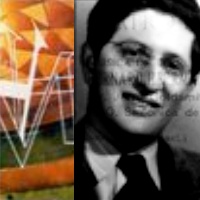

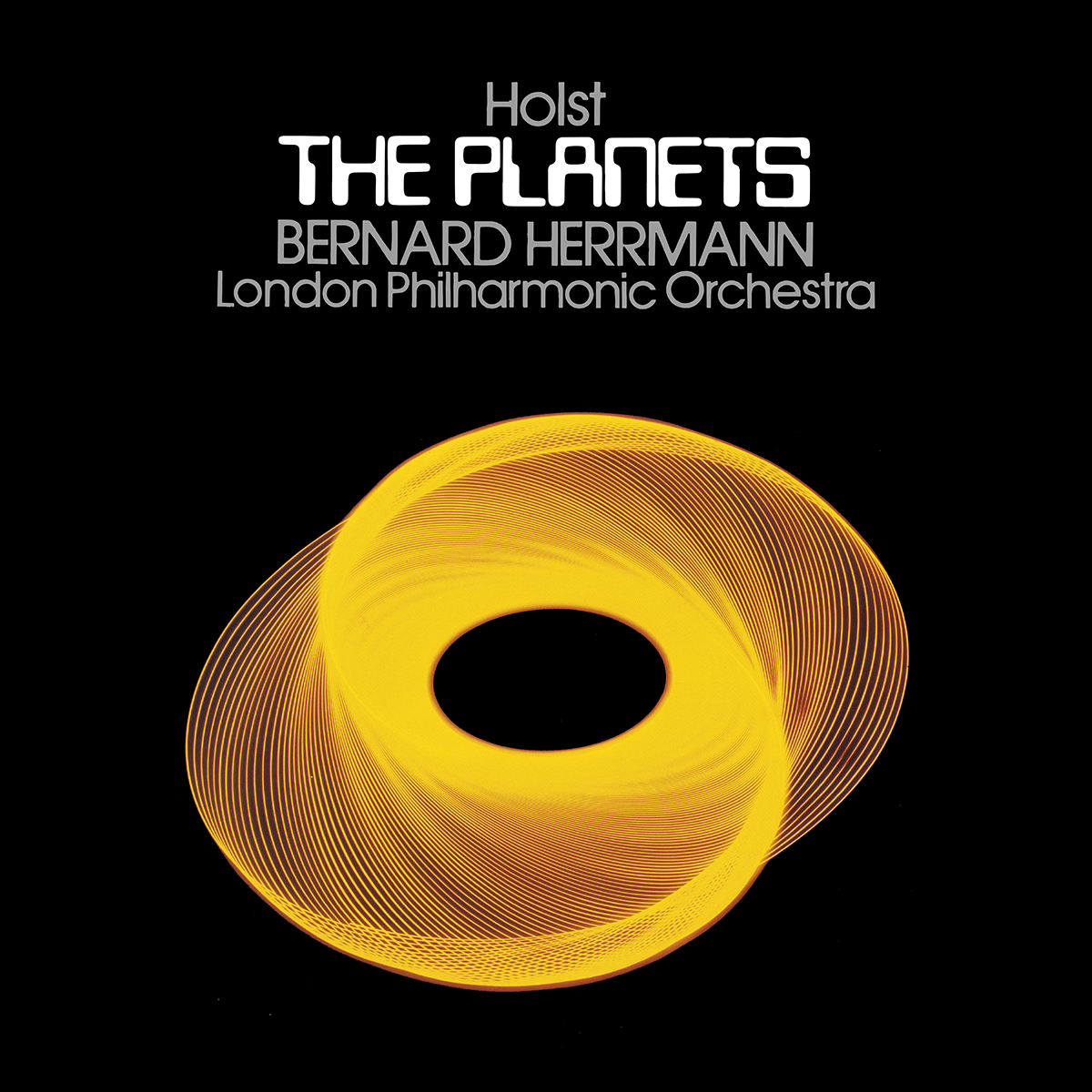
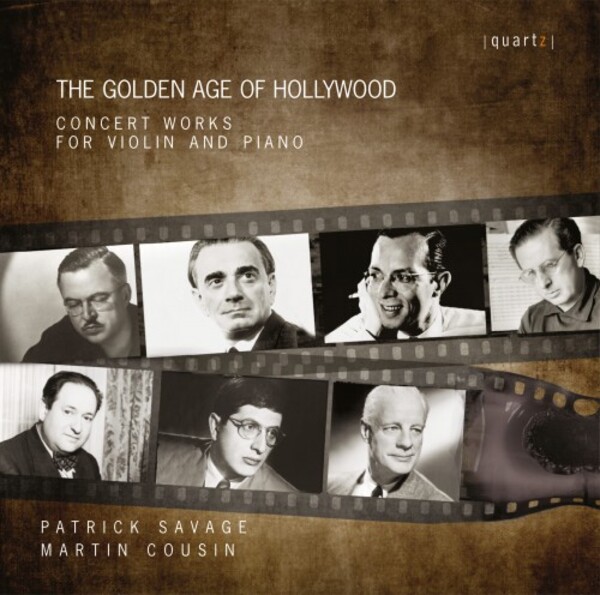
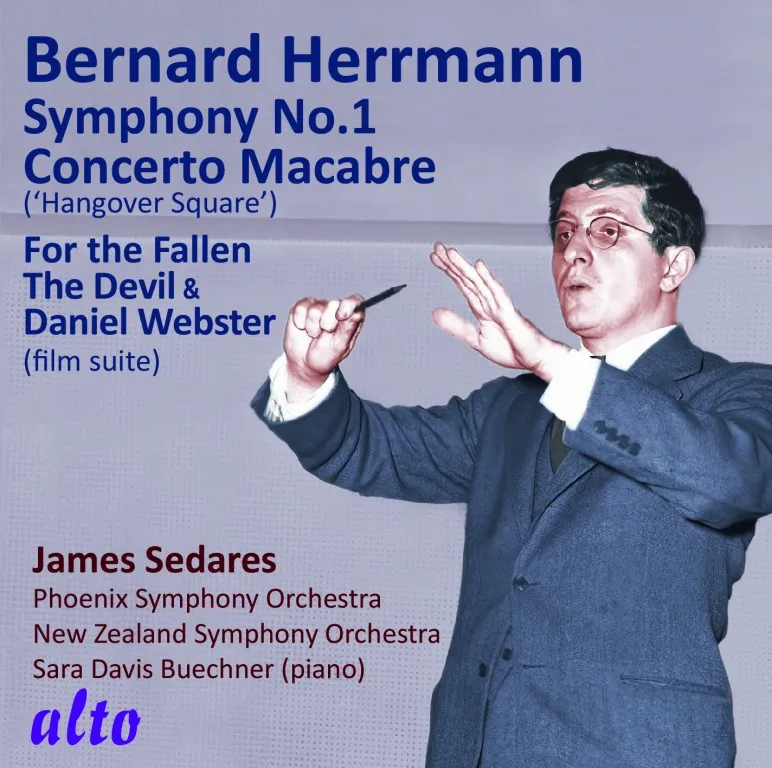
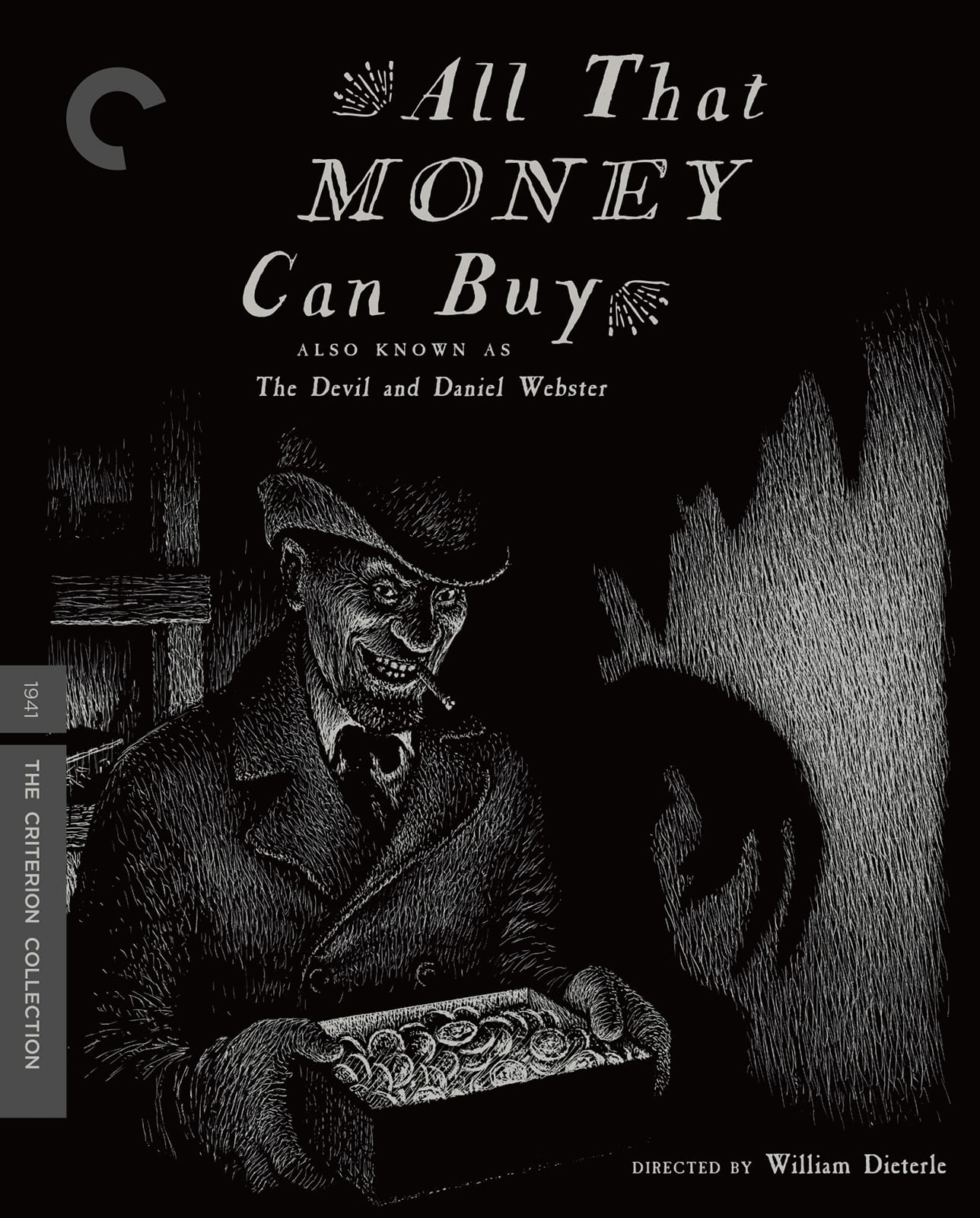
![The Man Who Knew Too Much – 4K restoration / Blu-ray [A]](http://www.bernardherrmann.org/wp-content/uploads/2023/11/TMWKTM-4K.jpeg)
![The Bride Wore Black / Blu-ray [B]](http://www.bernardherrmann.org/wp-content/uploads/2023/07/BrideWoreBlack.jpeg)
![Alfred Hitchcock Classics Collection / Blu-ray [A,B]](http://www.bernardherrmann.org/wp-content/uploads/2020/07/AHClassics1.jpg)
![Endless Night (US Blu-ray) / Blu-ray [A]](http://www.bernardherrmann.org/wp-content/uploads/2020/03/EndlessNightUS.jpg)
![Endless Night (UK Blu-ray) / Blu-ray [B]](http://www.bernardherrmann.org/wp-content/uploads/2019/12/ENightBluRay.jpg)